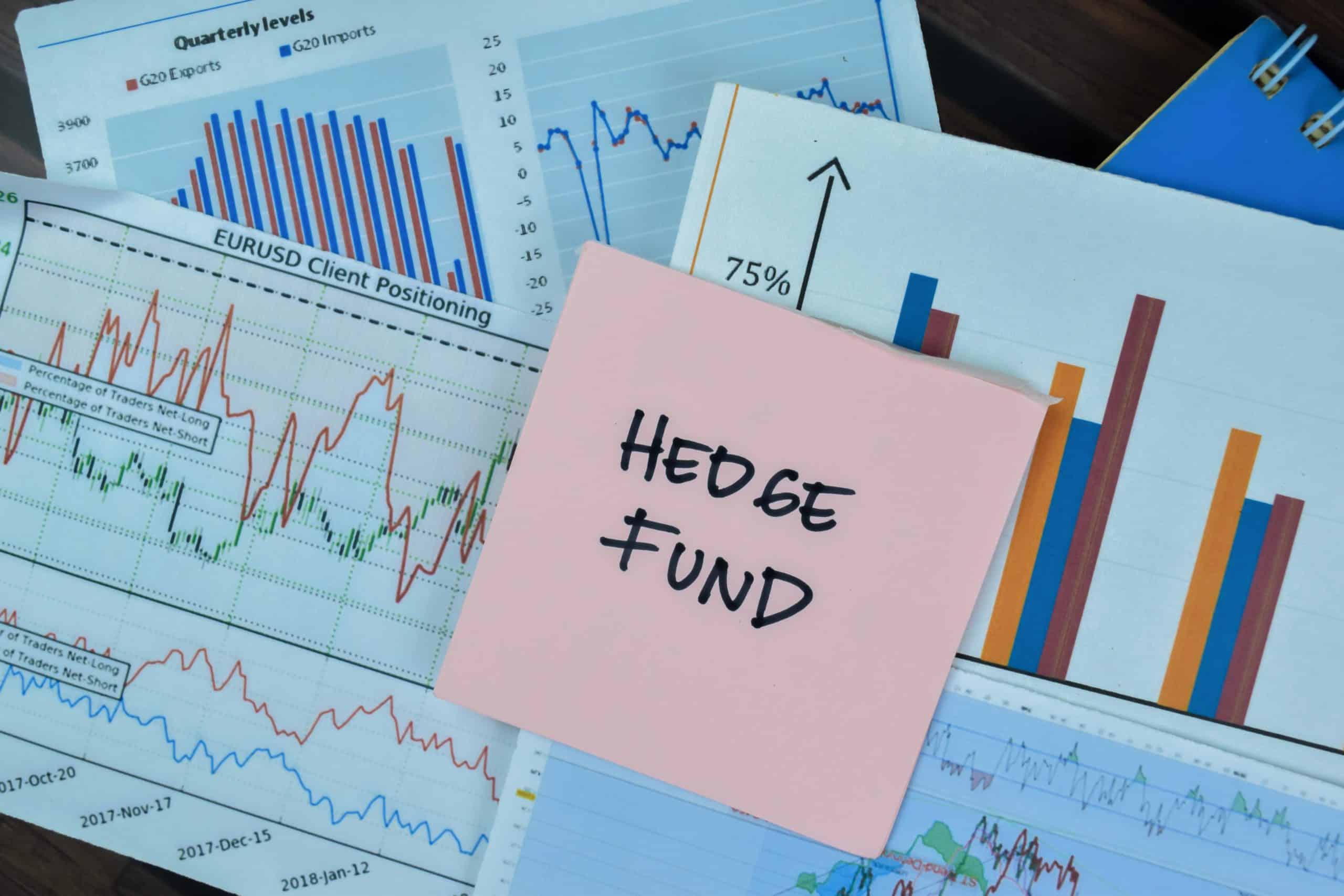The Shift of Hedge Funds Towards Green Energy Investments
In recent years, investment strategies—particularly among hedge funds—have undergone a significant transformation. Known for their aggressive tactics, hedge funds are increasingly pivoting toward green energy. This shift marks a crucial turning point, reflecting both a response to environmental concerns and a strategic repositioning in a rapidly changing market.
Hedge funds are now placing substantial resources into renewable energy sources, driven by a mix of regulatory pressures, consumer demand, and long-term profitability. Growing awareness of climate change is prompting investors to urge fund managers to focus on sustainable opportunities, signaling that green energy is no longer a niche play but a mainstream investment strategy.
One major driver is government policy. Nations worldwide are implementing measures to cut carbon emissions and promote clean energy. In the U.S., the Biden administration’s ambitious greenhouse gas reduction goals have created a favorable environment for renewables. Hedge funds are aligning their portfolios accordingly to capture growth opportunities in these sectors.
Consumer sentiment is also shifting toward sustainability. Modern consumers prefer brands that match their environmental values, and hedge funds are responding by backing companies with strong green credentials. Public demand for eco-friendly products and investments creates profitable opportunities while supporting sustainable practices.
Key Green Energy Investment Areas
-
Solar Energy: Falling panel costs and improved efficiency have made large-scale solar projects attractive, offering scalable and sustainable returns.
-
Wind Power: Both offshore and onshore wind farms are gaining momentum as fossil fuel reliance declines and energy demand rises.
-
Energy Storage Solutions: With intermittent sources like solar and wind becoming mainstream, advanced storage technologies are essential for supply stability.
-
Electric Vehicles (EVs): From carmakers to battery suppliers, the EV sector is booming as the world shifts away from traditional fuels.
At the same time, hedge funds are scaling back exposure to traditional fossil fuels such as oil, coal, and natural gas. With stricter carbon regulations looming, the profitability of these sectors looks increasingly uncertain. This dual approach—investing in renewables while shorting oil—is a clear sign of a strategic evolution in hedge fund thinking.
The shift reflects a deeper recognition that sustainability is becoming a core driver of profitability, not just a public relations move. Investors who track these changes could gain a competitive edge as the energy sector continues to transform.
The Implications of Hedge Funds Betting Against Oil Prices
In recent months, hedge funds have drawn attention by betting heavily on green energy while shorting oil. This signals a major change in how the future of energy markets is perceived.
One implication is potential volatility in oil markets. If many large funds short-sell oil, it can accelerate price declines, sparking ripple effects across the global economy. At the same time, the growing emphasis on environmental, social, and governance (ESG) criteria is pushing capital toward cleaner technologies, fostering innovation in solar, wind, and related industries.
This transition could also drive economic growth and job creation in green sectors, from energy efficiency projects to EV manufacturing—helping offset job losses in traditional oil and gas. Additionally, hedge funds’ backing of renewables may push policymakers to further incentivize clean energy adoption.
Financially, betting against oil offers potentially high returns if prices fall, but it carries risks. Geopolitical tensions or supply disruptions could trigger rebounds, causing losses for funds with large short positions. Meanwhile, oil price changes can impact consumers and businesses differently—lower prices may benefit drivers, but oil-dependent industries could suffer.
Oil companies may need to adapt by diversifying into cleaner technologies or pursuing mergers and acquisitions to remain competitive. This pressure from investors could accelerate the global energy transition.
Conclusion
The pivot of hedge funds toward green energy—and away from oil—marks a profound shift in global investment strategies. Renewable energy is increasingly viewed not just as an ethical choice but as a path to sustainable and lucrative growth.
By shorting oil and investing in renewables, hedge funds are helping shape the energy future, influencing market dynamics, government policy, and corporate strategy. While the transition poses risks and challenges, it also presents unprecedented opportunities for innovation and long-term profitability.
This dual approach—profit and purpose—may well define the next era of finance, positioning hedge funds as key drivers in the world’s move toward a cleaner, greener economy.
Comparison, examination, and analysis between investment houses
Leave your details, and an expert from our team will get back to you as soon as possible
* This article, in whole or in part, does not contain any promise of investment returns, nor does it constitute professional advice to make investments in any particular field.
To read more about the full disclaimer, click here- Articles
- •
- 8 Min Read
- •
- ago 5 minutes
 DENMARK’S ORSTED PLANS TO RAISE $9.4 BILLION IN RIGHTS ISSUE
DENMARK’S ORSTED PLANS TO RAISE $9.4 BILLION IN RIGHTS ISSUE
Ørsted’s Ambitious Capital Raise to Drive Renewable Growth Ørsted, Denmark’s leading energy company, has announced plans to raise $9.4 billion
- ago 5 minutes
- •
- 8 Min Read
Ørsted’s Ambitious Capital Raise to Drive Renewable Growth Ørsted, Denmark’s leading energy company, has announced plans to raise $9.4 billion
- Articles
- •
- 5 Min Read
- •
- ago 1 hour
 Top-Performing S&P 500 Stocks of 2025: Strategic Lessons for Investors
Top-Performing S&P 500 Stocks of 2025: Strategic Lessons for Investors
The year 2025 has proven to be one of the most diverse in terms of growth drivers for the U.S.
- ago 1 hour
- •
- 5 Min Read
The year 2025 has proven to be one of the most diverse in terms of growth drivers for the U.S.
- Articles
- •
- 8 Min Read
- •
- ago 2 hours
 S&P 500 Price-to-Sales Ratio Hits 3.15: Are We in an Unjustifiably Expensive Market?
S&P 500 Price-to-Sales Ratio Hits 3.15: Are We in an Unjustifiably Expensive Market?
The latest data on the S&P 500’s Price-to-Sales (P/S) ratio shows a striking figure: 3.15 for Q2 2025 (estimated), marking
- ago 2 hours
- •
- 8 Min Read
The latest data on the S&P 500’s Price-to-Sales (P/S) ratio shows a striking figure: 3.15 for Q2 2025 (estimated), marking
- Articles
- •
- 8 Min Read
- •
- ago 3 hours
 A High-Stakes Week for Markets: Inflation Data, Key Earnings, and Macro Signals
A High-Stakes Week for Markets: Inflation Data, Key Earnings, and Macro Signals
A High-Stakes Week for Markets: Inflation Data, Key Earnings, and Macro Signals Investors are heading into one of the most
- ago 3 hours
- •
- 8 Min Read
A High-Stakes Week for Markets: Inflation Data, Key Earnings, and Macro Signals Investors are heading into one of the most












